Britain has well and truly woken up to the concept of biscuits for breakfast. This new breed of biccies has clearly been the category’s biggest engine of growth, with Belvita once again excelling, with value up 29.1% and volumes up 39.7% [Nielsen 52 w/e 12 October].
It’s not just shoppers that have woken up either. Some of the biggest players in biscuits and breakfast cereals have jumped on to the bandwagon, with a host of new launches in 2013, resulting in a 62.9% surge in overall breakfast sales in the past year.
Read The Grocer’s full Top Products Survey.
Number one breakfast brand Belvita has been forced to promote hard, causing its average price to tumble 7.6%. “As a young category, we know we have to reduce the barrier to trial, and price promotions are one of the many powerful tools we use,” says senior brand manager Rahul Gursahani.
Of course it’s not just Belvita that’s been cutting prices. But Mark Sugden, director for customer and category strategy at United Biscuits, which entered the fray in October 2012 with McVitie’s Breakfast Biscuits, suggests deals may soon begin to cool off.
“Although promotional activity has heated up considerably, it’s likely to plateau as the category matures,” says Sugden. “Breakfast biscuits are only going to get bigger given the increasing trend of consumers delaying breakfast and eating it out of the home.”
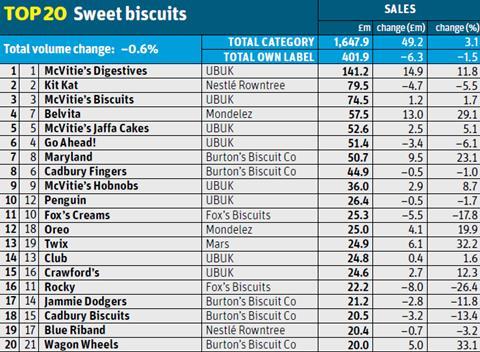
Innovation will be key to maintaining consumer interest and driving sales, adds Sugden. Belvita has the January addition of 600g and 150g packs and new variants to the Duo Crunch range in April to thank for much of its growth over the past year, and UB will be looking to build on the £7.8m McVitie’s Breakfast Biscuits has racked up in the past year, with a raft of new variants and formats expected in 2014.
Innovation is just as important outside breakfast. “Breakfast will always have a role to play,” says David Costello, category and activation controller at Burton’s Biscuits, which so far hasn’t jumped on the breakfast bandwagon. “But the secret to future substantial growth lies in taking biscuits out into further new occasions beyond breakfast while adding real value to the category.”
He points to Burton’s efforts to extend Cadbury Fingers from being just a kids’ treat into a more adult-orientated snack for the evening. The Fabulous Fingers sub-brand and Wagon Wheels’ efforts to roll from lunchboxes to family sharing with Wagon Wheelies (sharing packs of 10 smaller, not individually wrapped biscuits) show how the company is doing this, he says.
With mixed success, it has to be said. Cadbury Fingers have declined 1% on volumes down 6.1% in the past year, despite two ad campaigns for Fabulous Fingers. Meanwhile Wagon Wheels have surged 33.1% on volumes up 28.6%. However the standout success story for Burton’s (and arguably the category) has been Maryland, up 23.1% on volumes up 11.9%, thanks to the launch of Gooeys and Big & Chunky.
Fox’s is also turning to innovation in the hope of breathing life back into its brands (all of which declined apart from Party Rings, which remained flat). It’s pinning its hopes on the July launch of the coffee/biscuit combo Caffè brand, which will command a quarter of the company’s marketing budget in 2014.
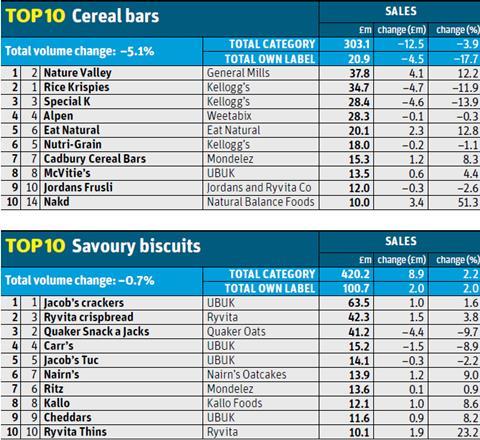
One reason for the difficulties many are facing in sweet biscuits is growing price sensitivity and a greater reliance on deals, suggests Sugden. But he contends that savvier players have mitigated this by investing in marketing and realigning price and weight to hit “an attractive” price point, pointing to McVitie’s Digestives’ growth of 11.8% despite a 5% increase in average price.
“Consumers are increasingly seeking reassurance in the products they buy by opting for big brands they can trust,” says Sugden. “And there is an opportunity for growth as snacking opportunities grow in both sweet and savoury biscuits.”
Snacking is particularly important in savoury biscuits, as evidenced by the 36.2% growth of UBUK’s Jacob’s Savours brand, up 36.2% to £7.3m, and Ryvita Thins’ 23% growth to £10m, driven by new bite-sized formats and increased marketing. The sub-category is also benefiting from a trend toward sharing formats, says Ryvita’s category activation controller Rob Lemon. “Consumers are switching into more premium products and emerging healthier snacking options,” he adds. “Existing product development as well as NPD can help reposition a range, keeping it fresh and relevant.”
Unlike sweet biscuits, savoury has seen little promotional activity, and price increases were mainly in line with inflation, according to Nielsen. However, the rise in average price per pack also suggests pack sizes are increasing.
Meanwhile, cereal bars declined by both volume (5.1%) and value (3.9%), despite a 10% rise in promotions, with 58% of volume sold on deal. Nature Valley continued where it left off in 2012 (when its sponsorship of the Olympics boosted sales), but the category - and Kellogg’s, which makes up a third of the cereal bar market, in particular - appears to have been hit by the inexorable rise of breakfast biscuits. Breakfast biscuits are eating Kellogg’s lunch.
Read The Grocer’s full Top Products Survey.
Top launch: Maryland Gooeys Burton’s Biscuit Company
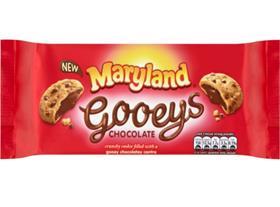
We couldn’t help but go all gooey over this one. Accounting for nearly 18% of the value of sweet biscuit NPD in 2013, and having racked up £6.2m since its March unveiling, Maryland Gooeys vindicate brand owner Burton’s decision not to jump on the breakfast bandwagon, and proves biscuit category growth is possible outside breakfast. Burton’s is eyeing £10m sales for Gooeys in its first year. And with fresh funds from its acquisition by a pension fund, expect more flavours.







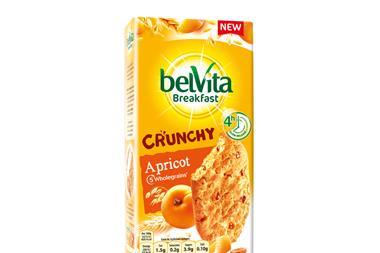
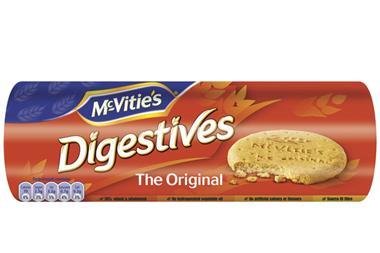
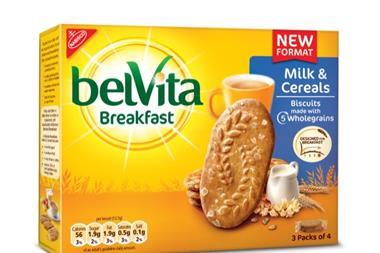
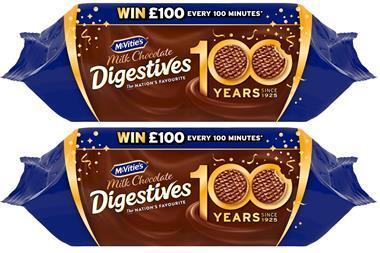








No comments yet